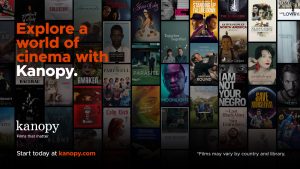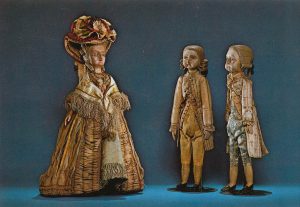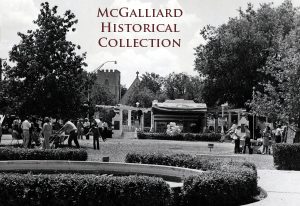Digital Collections
Borrow ebooks, audiobooks, and magazines to read on your phone or tablet using the Libby app by OverDrive. You can even send and read your borrowed ebooks to your Kindle ereader (U.S. only)! It’s free and easy to get started.
Eliza Cruce Hall Doll Museum
The Eliza Cruce Hall Doll Museum is a hidden treasure located inside the Ardmore Public Library. The collection was donated to the library in 1971 by the niece of Oklahoma's second governor, Lee J. Cruce. The exhibit features over 300 rare and antique dolls representing a wide range of historical periods from the United States and Europe.
William A. McGalliard Historical Collection
William A. "Mac" McGalliard was a longtime resident of Ardmore, Oklahoma, and worked for The Daily Ardmoreite for 25 years, from 1951 to 1983, writing a very popular column known as "Reporter's Notebook." His column, like his personal interests, centered on south-central Oklahoma and particularly Ardmore. He once said, "I feel sorry for anyone who has to live anywhere else." Mac made a career writing about local people, places, and history, and along the way he collected photographs, documents, and memorabilia related to the area. Upon retiring, he donated that collection to the Ardmore Public Library so that the materials would be publicly available.
The collection has been digitized and is available online. The photographs and documents that comprise this wonderful collection of local history are accessible via our website anywhere you have internet access. The items can be used for books, articles, and the like, as long as attribution to the collection is given.
The physical collection has been stored in the Library's archives to protect this resource. The paper items that make up this collection are 30 or more years old, and with the digital collection in place, the life of these photos and documents can be extended.





